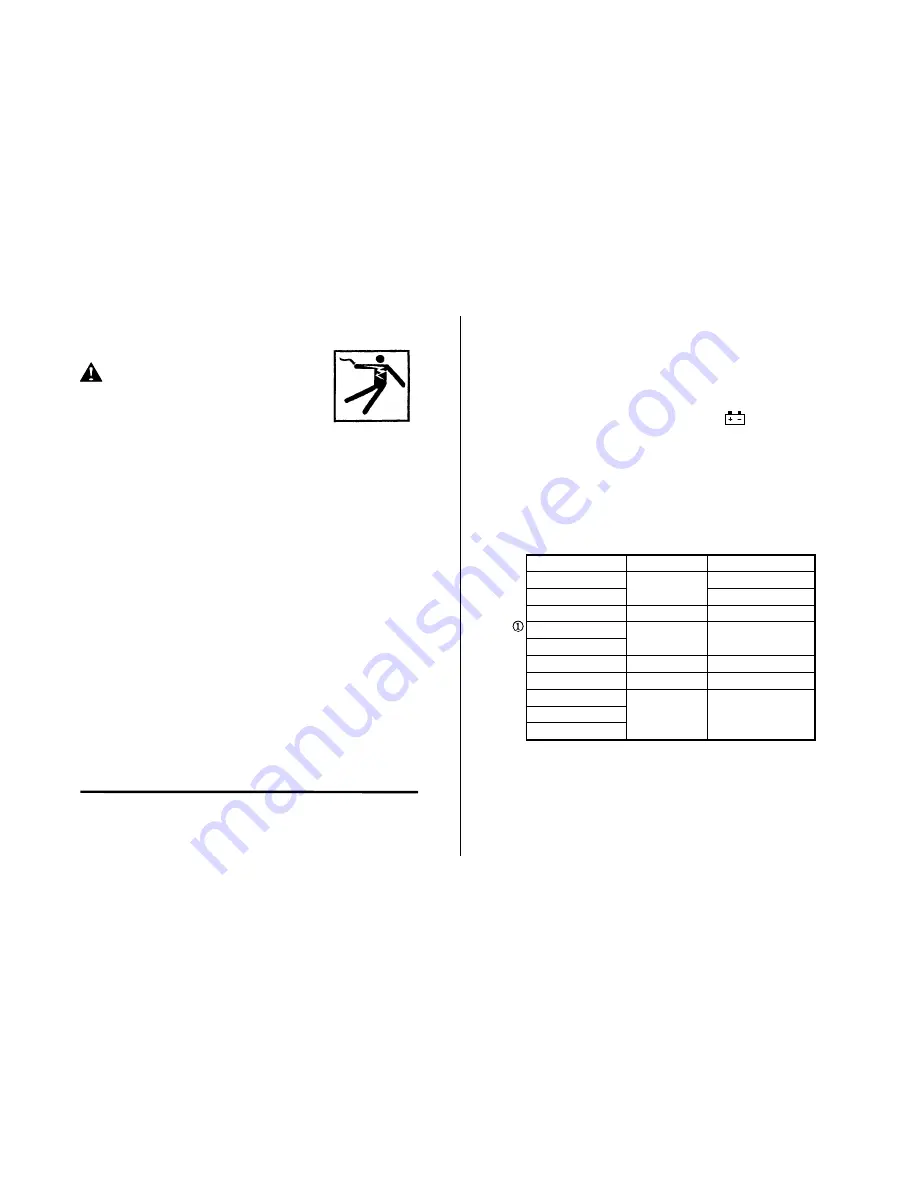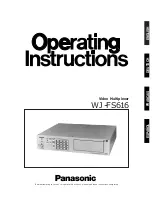
3 4
Safety Cont’d
…
Danger
Avoid electrical shock: do not touch the test
leads, tips or the circuit being tested.
Do not try a voltage measurement with the
test leads in the 20A or the mA terminal.
When testing for the presence of voltage or current, make sure
the meter is functioning correctly. Take a reading of a known
voltage or current before accepting a zero reading.
Choose the proper range and function for the measurement. Do
not try voltage or current measurements that may exceed the
ratings marked on the Function/Range switch or terminal.
When measuring current, connect the meter in series with the
load.
Never connect more than one set of test leads to the meter.
Disconnect the live test lead before disconnecting the common
test lead.
The mA and the 20A terminals are protected by fuses. To avoid
possible injury or damage, use only in circuits limited to 400mA
or 20A for 30 seconds.
See also
…
Fuse Replacement
Safety Cont’d
…
IMPORTANT
To maintain accuracy of the meter,replace the discharged battery
immediately when the battery symbol appears on the
meter display.
Avoid measuring error from outside interference.Keep the meter
away from spark plug or coil wires.
Avoid damaging the meter when testing voltage.Disconnect the
test leads from the test points before changing functions.
Do not exceed the limits shown in the table below:
Function
Terminal
Input limit
AC Volts
V-
Ω
-RPM
750Volts AC rms
DC Volts
1000Volts DC
Frequency
V-
Ω
-RPM
250VoltsAC/DC
Ohm(resistance)
V-
Ω
-RPM
250VoltsAC DC
Diode
AC/DC
μ
A mA
μ
A / mA
400mAAC/DC
AC/DC20A
20A
*20AAC/DC
RPM
V-
Ω
-RPM
250Volts AC/DC
Duty Cycle(%)
Dwell angle
* 20 Amp measurement for 30 seconds maximum.
①
Ohms can not be measured if voltage is present, ohms
can be measured only in a non-powered circuit. However,
the meter is protected to 250 volts.




































